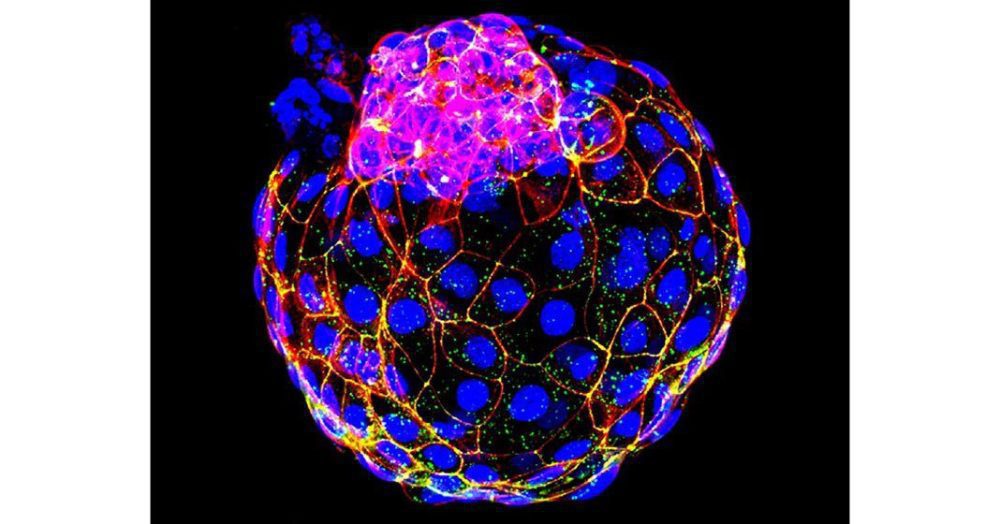For the first time, scientists used human cells to make structures that mimic the early stages of development. They say this will pave the way for more research without avoiding restrictions on the use of real embryos.
Such structures at an early stage could help unravel the “black box” of the early stages of human development and promote research on miscarriages and physical malformations in fetuses.
Two teams of researchers, whose work is published Wednesday in the journal Nature, found different methods to produce a blastocyst, the first stage of the embryo, in the laboratory about five days after fertilization.
This sphere of about 200 cells already has a complex structure, a layer of outer cells – the future placenta – that surrounds a fluid-filled cavity that contains a mass of embryonic cells.
The blastoids obtained by both teams differ from natural blastocysts: they contain cells of indeterminate type and certain elements that come specifically from the interaction between the ovum and the sperm are not included.
The work is for research only, not for reproduction
The scientists stressed that their work is for research only, not for reproduction, but is likely to raise new ethical questions.
“Studying early human development is really difficult. It’s basically a black box, ”said Jun Wu, a stem cell biologist at the University of Texas, Southwest Medical Center.
“We believe that our model can open this field, if the hypothesis is tested without using human embryos,” he said.
Some scientists use blastocysts donated by fertility clinics to investigate the causes of infertility and congenital diseases. The new work should allow them to do this analysis on much larger scales, said José Polo, a professor at Monash University in Australia who led the second study.
“This ability to work at scale will revolutionize our understanding of the early stages of human development,” he added.
“There is no implantation,” said Amander Clark of the University of California at Los Angeles, who authored the article with Polo. “There is no pregnancy,” he stressed.
This work comes at a time when new ethical recommendations on embryo research are being developed.
Currently, research on the early stages of development depends on the donation of embryos conceived in the framework of in vitro fertilization treatments, but they are few and are subject to many restrictions.
Blastocysts in lab had only been carried out in animals
Until now, the creation of blastocysts in the laboratory had only been carried out in animals. In 2018, the Dutch produced them from mouse stem cells.
The two teams used different methods: Jun Wu’s used stem cells derived from human embryos and induced pluripotent cells — stem cells produced in the laboratory from adult cells.
They both achieved the same result: cells gradually organized themselves to reproduce the three structures that make up human blastocysts.
Pet Dogs Help Social-Emotional Development in Young Children








































